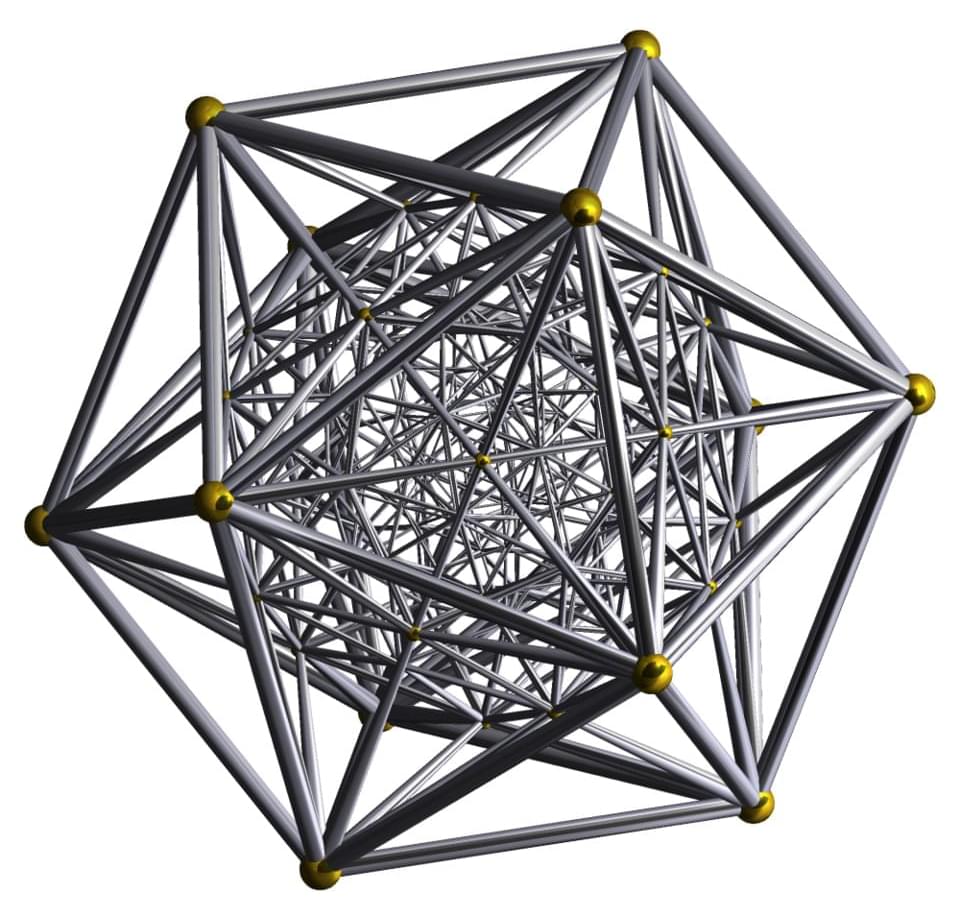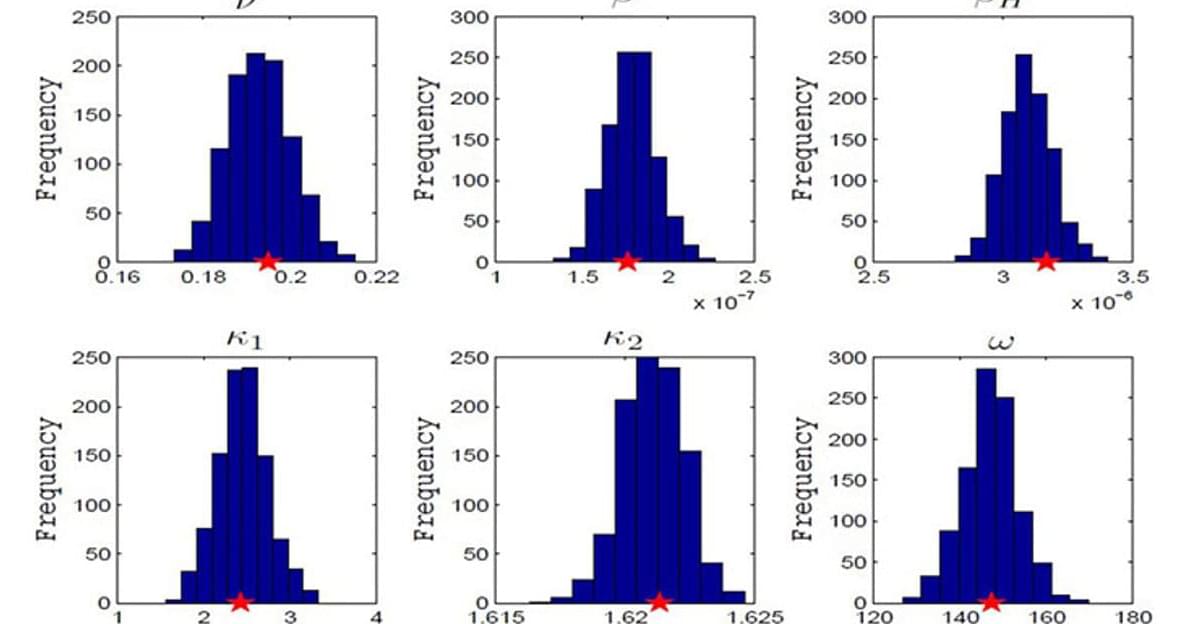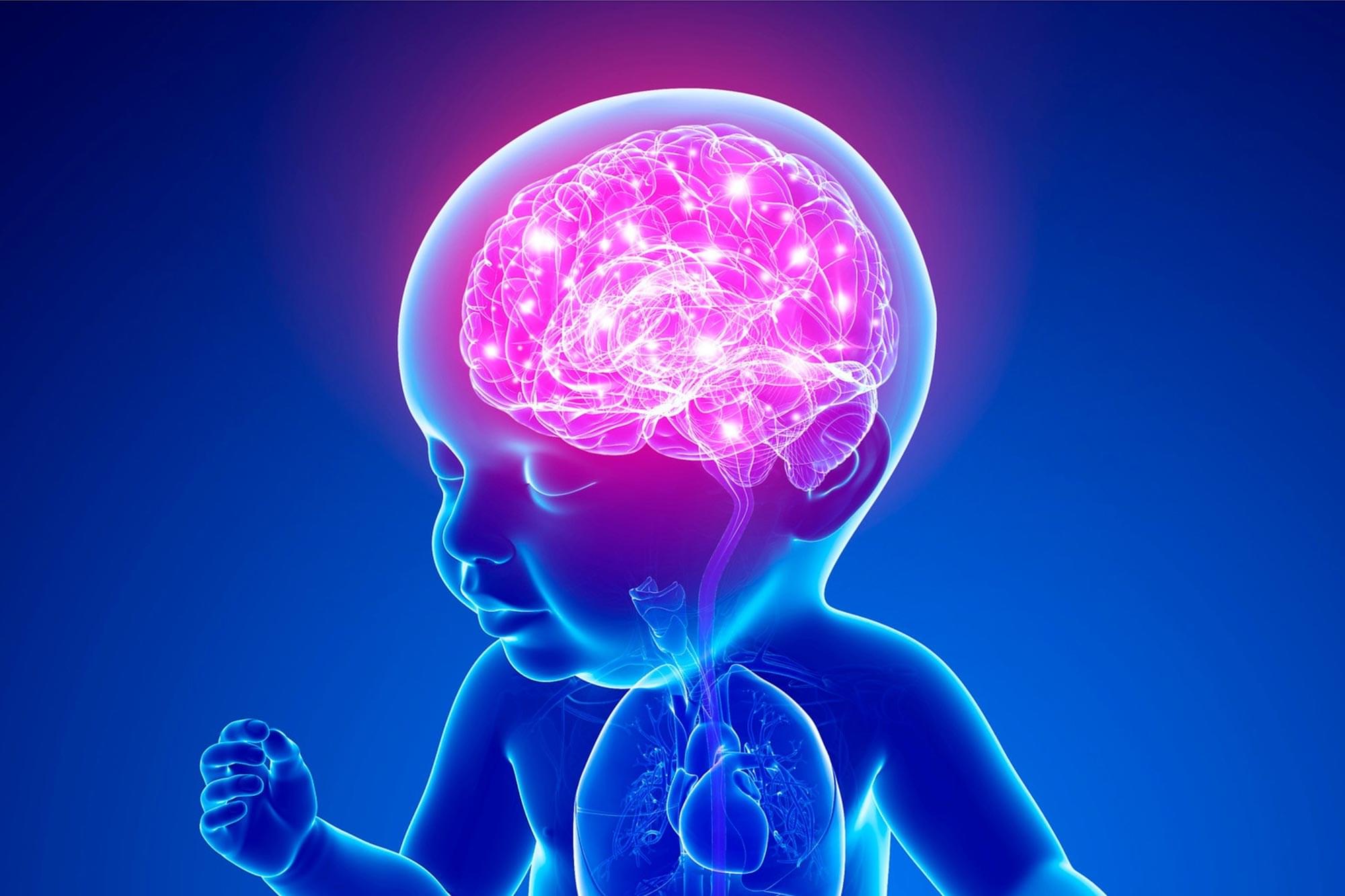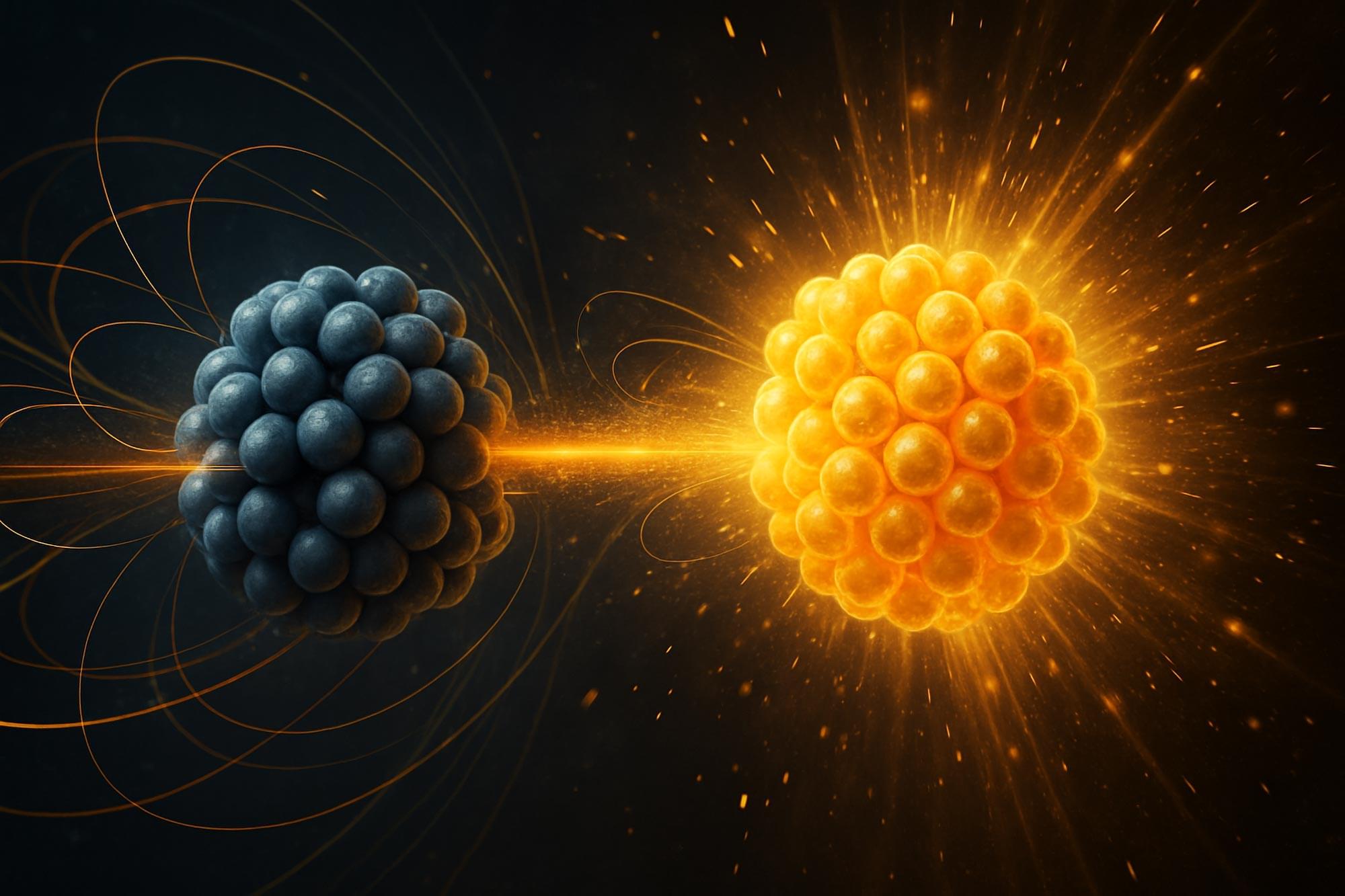In geometry, the is the convex regular 4-polytope (four-dimensional analogue of a Platonic solid) with Schläfli symbol {3,3,5}. It is also known as the C600, hexacosichoron [ 1 ] and hexacosihedroid. [ 2 ] It is also called a tetraplex (abbreviated from “tetrahedral complex”) and a polytetrahedron, being bounded by tetrahedral cells.
The boundary is composed of 600 tetrahedral cells with 20 meeting at each vertex. Together they form 1,200 triangular faces, 720 edges, and 120 vertices. It is the 4-dimensional analogue of the icosahedron, since it has five tetrahedra meeting at every edge, just as the icosahedron has five triangles meeting at every vertex. Its dual polytope is the 120-cell.







